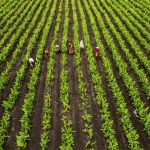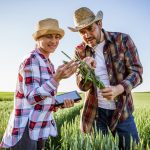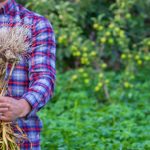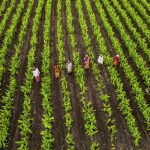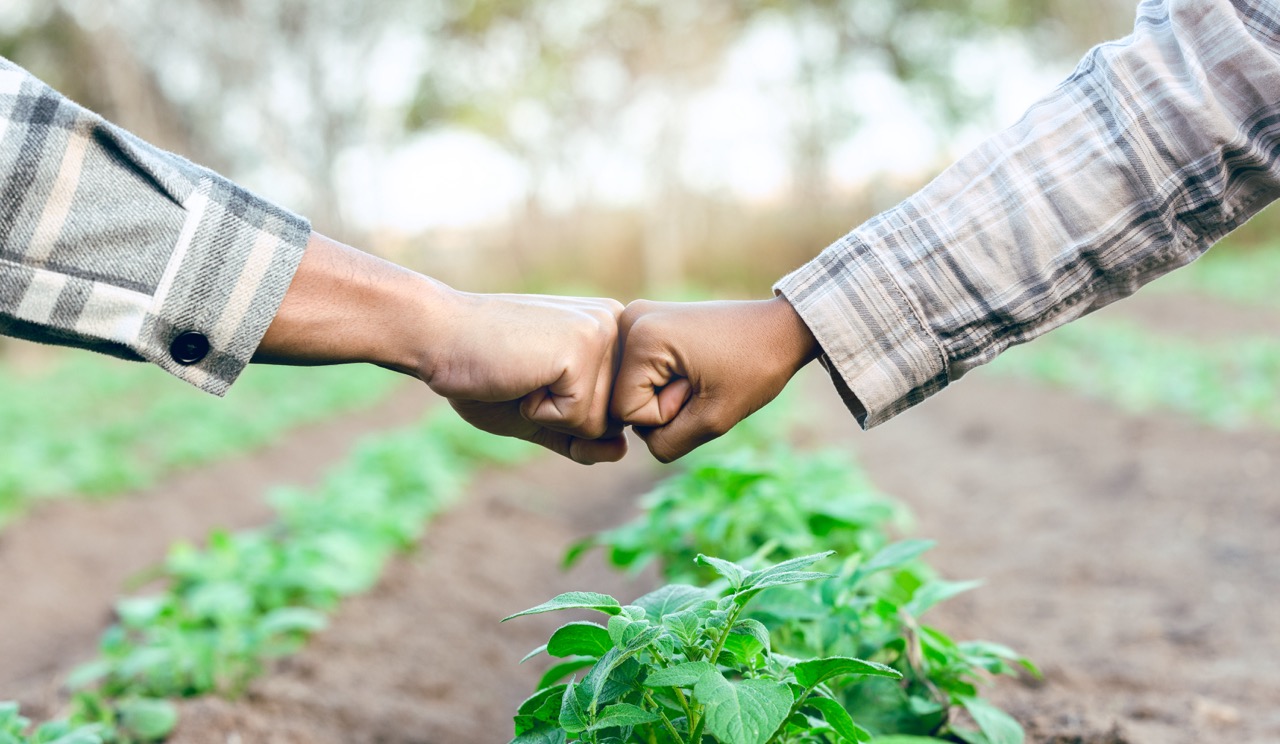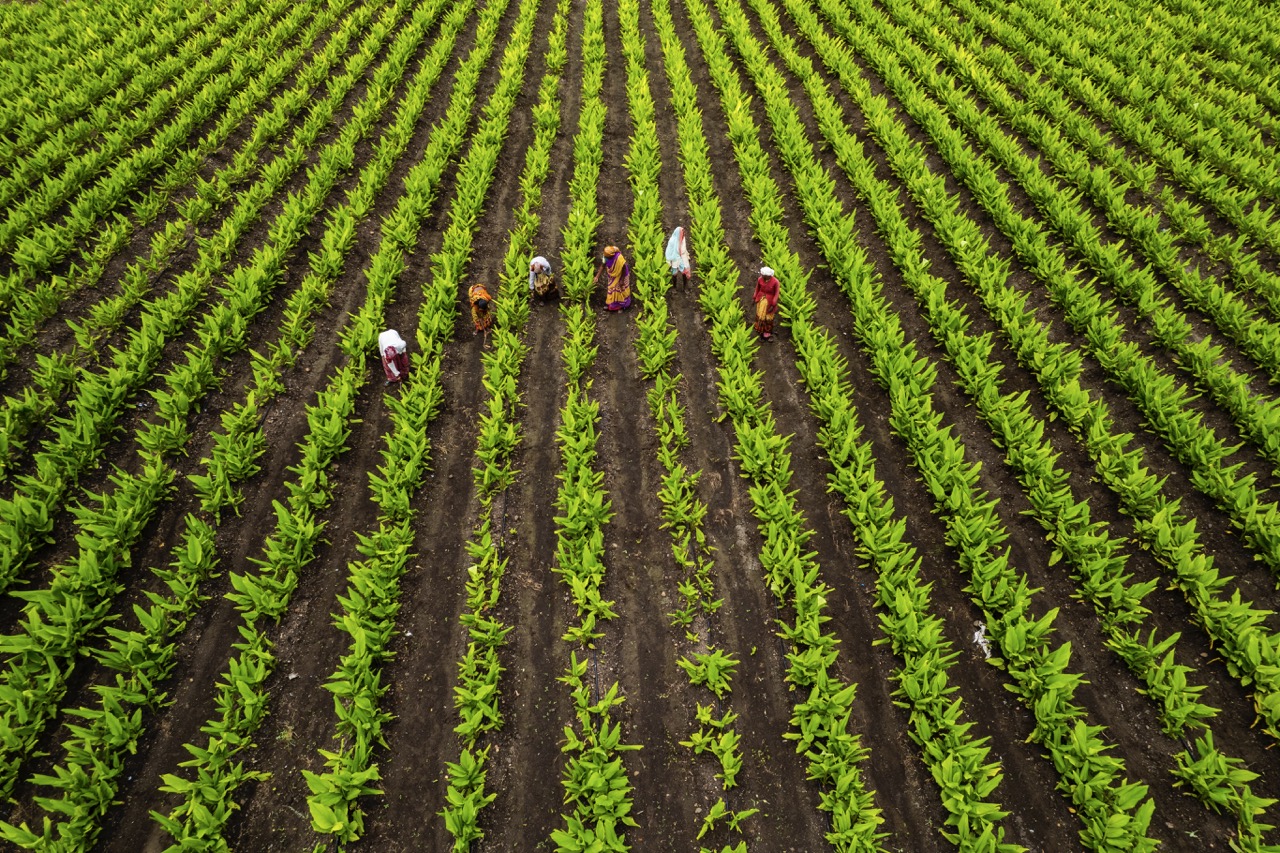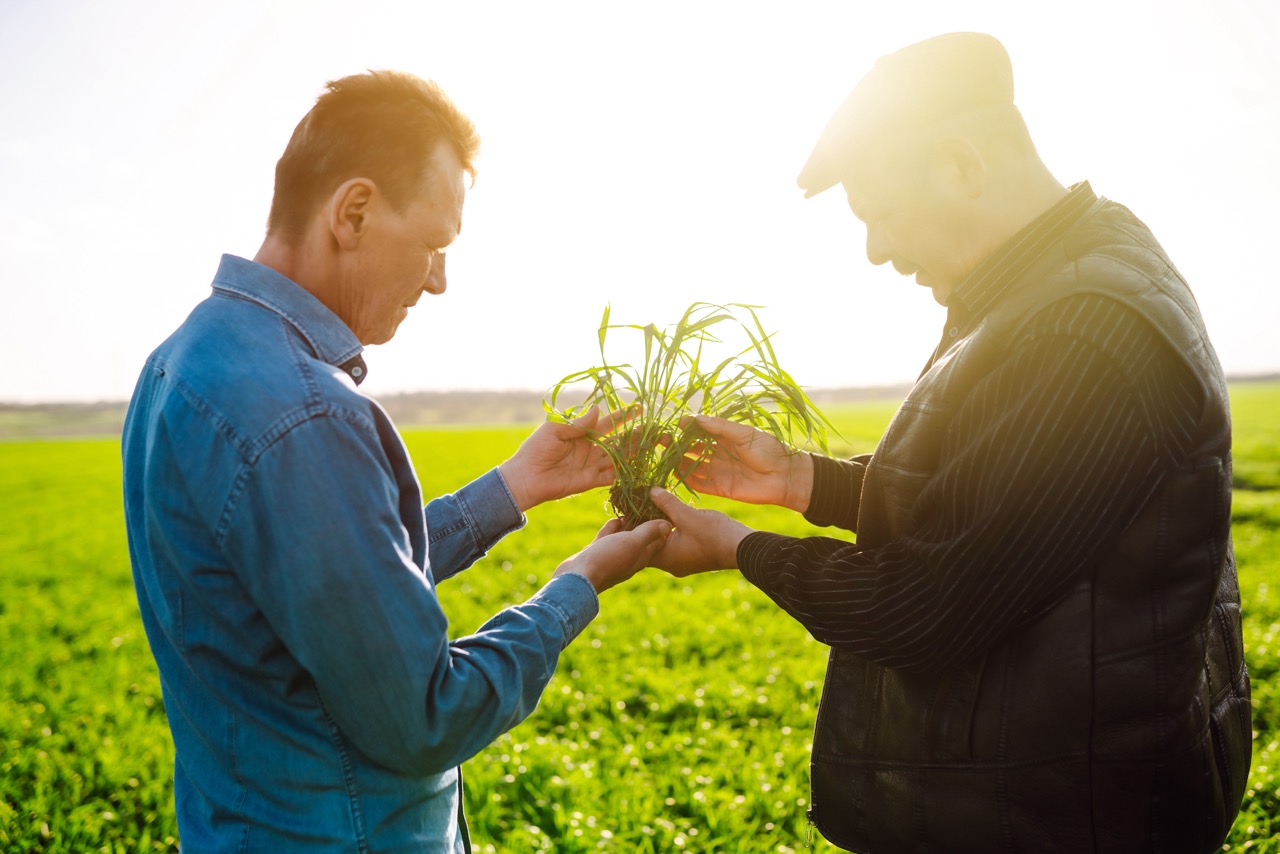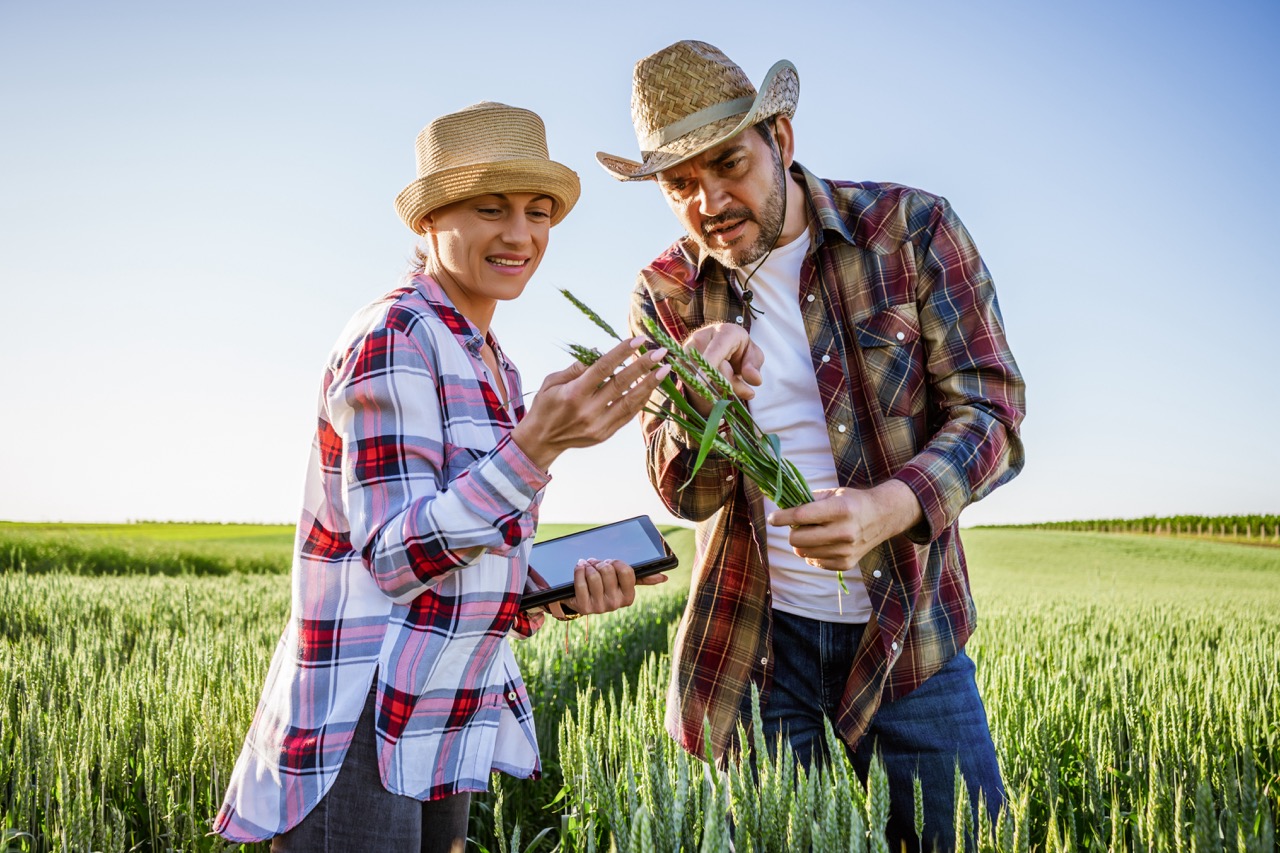In an era where technology significantly influences agriculture, the ability to predict and manage crop diseases has become more critical than ever. With the rising challenges posed by climate change, evolving pathogens, and increased demand for food production, technology offers a beacon of hope for farmers aiming to safeguard their crops and optimize yields. Utilizing data analytics, artificial intelligence (AI), and precision agriculture tools, farmers can enhance their disease management strategies and ensure a more resilient agricultural landscape. This article explores the pivotal role of technology in early disease detection and management, detailing practical applications and strategies for implementation.
Harnessing Data Analytics for Early Disease Detection
Data analytics plays a crucial role in the early detection of crop diseases, enabling farmers to act before problems escalate. By collecting and analyzing vast amounts of data from various sources—including weather patterns, soil conditions, and historical crop performance—farmers can identify trends that may indicate the potential onset of disease. For example, an increase in humidity combined with specific temperature ranges may signal favorable conditions for fungal infections. By leveraging data analytics, farmers can establish predictive models that alert them to these risks in advance.
In addition to environmental data, farmers can use remote sensing technology to gather information on crop health from above. Drones equipped with multispectral cameras can capture images that reveal stress indicators in plants, often before visible symptoms appear. These images can be analyzed using sophisticated software to identify areas at risk of disease. By integrating this technology with data analytics, farmers can pinpoint trouble spots in their fields and apply targeted interventions, thereby reducing the reliance on broad-spectrum pesticide applications.
Moreover, data analytics allows for continuous learning and improvement in disease management practices. By tracking outcomes from previous interventions and comparing them against predictive models, farmers can refine their approaches and make informed decisions moving forward. This data-driven approach not only enhances early disease detection but also fosters a proactive mindset in disease management, ultimately leading to healthier crops and increased productivity.
The Role of AI in Monitoring Crop Health Trends
Artificial intelligence is revolutionizing the agricultural sector by facilitating real-time monitoring of crop health trends. AI algorithms can analyze data from various inputs, including satellite imagery, soil sensors, and weather stations, to assess the health of crops over time. By learning from historical data, AI systems can recognize patterns indicative of emerging diseases, providing farmers with timely insights and potential solutions. This predictive capability is invaluable, allowing farmers to implement preventive measures before disease outbreaks can severely impact crop yields.
Furthermore, AI can enhance decision-making processes by offering tailored recommendations based on the specific needs of a farm. For instance, a farmer may receive alerts about the likelihood of a particular disease affecting their crops, along with suggestions for the best fungicides or cultural practices to mitigate the risk. This personalized approach ensures that resources are allocated efficiently, reducing waste and promoting sustainable practices in agriculture.
As AI technology continues to evolve, its integration into mobile applications and farm management systems is becoming more seamless. Farmers can access real-time data and insights from their smartphones or tablets, empowering them to make informed decisions at a moment’s notice. This accessibility not only boosts productivity but also democratizes access to advanced agricultural practices, leveling the playing field for farmers of all sizes and backgrounds.
Innovative Tools for Precision Agriculture Management
Precision agriculture relies on innovative tools that leverage technology to optimize farming practices and mitigate disease risks. One of the most significant advancements is the use of IoT (Internet of Things) devices that monitor soil moisture, nutrient levels, and environmental conditions. These sensors provide farmers with real-time data, enabling them to make informed decisions about irrigation, fertilization, and pest management. By understanding the specific needs of their crops, farmers can reduce the incidence of diseases associated with over-irrigation or nutrient deficiencies.
Additionally, the use of machine learning algorithms in conjunction with IoT devices allows for the analysis of large datasets to detect anomalies or patterns that signify potential disease outbreaks. This integration enables farmers to respond quickly to emerging threats by adjusting their management practices accordingly. Innovations such as automated sprayers and drones equipped with precision technology further enhance the ability to target interventions where they are most needed, minimizing the risk of disease spread while conserving inputs.
Moreover, the development of user-friendly platforms that aggregate data from multiple sources is transforming how farmers manage crop health. These platforms often include visualization tools that allow farmers to track trends over time, facilitating better planning and resource allocation. By combining various technological innovations, precision agriculture empowers farmers to make smarter, data-driven decisions that not only protect their crops from disease but also contribute to overall sustainability in the agricultural sector.
Strategies for Implementing Tech Solutions on Farms
Implementing technology solutions on farms requires careful planning and a strategic approach to ensure successful integration into existing practices. First and foremost, farmers should assess their specific needs and challenges in crop disease management. By identifying pain points, such as recurrent disease outbreaks or inefficiencies in resource usage, farmers can tailor technology solutions to address these issues effectively. Engaging with agronomists or technology consultants can provide invaluable insights into the best practices and tools available.
Training and education are vital components of successful technology adoption in agriculture. Farmers and their teams must be equipped with the skills to utilize new tools and interpret data effectively. Workshops, online courses, and collaboration with local agricultural extension services can facilitate knowledge transfer and ensure that all stakeholders are comfortable using technology in their daily operations. By fostering a culture of continuous learning, farmers can stay abreast of advancements and adapt to the ever-evolving agricultural landscape.
Lastly, forming partnerships with technology providers and participating in pilot programs can help farmers navigate the challenges of implementing tech solutions. Collaborating with innovators who understand the agricultural sector can lead to bespoke solutions that fit the unique needs of a farm. Additionally, sharing experiences and best practices with neighboring farms can create a community of support, fostering a collaborative environment that encourages the adoption of technology for disease prediction and management.
As the agricultural sector faces increasing pressures from climate change and global food demands, the integration of technology in predicting and managing crop diseases is not just beneficial; it is essential. By harnessing data analytics, artificial intelligence, and innovative tools for precision agriculture, farmers can proactively address disease threats, ultimately ensuring healthier crops and better yields. The successful implementation of these technologies requires strategic planning, education, and collaboration, enabling farmers to leverage the full potential of modern agricultural practices. Embracing these advancements can lead to a more sustainable and resilient agricultural system, poised to meet the challenges of the future.
